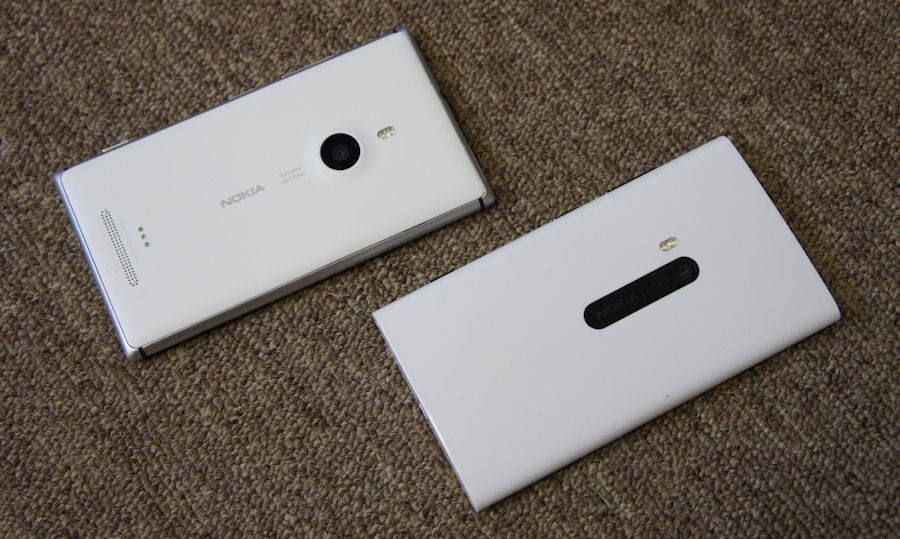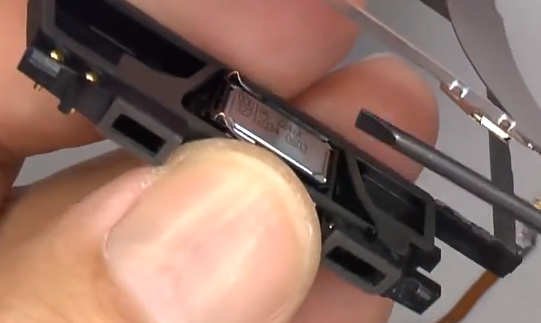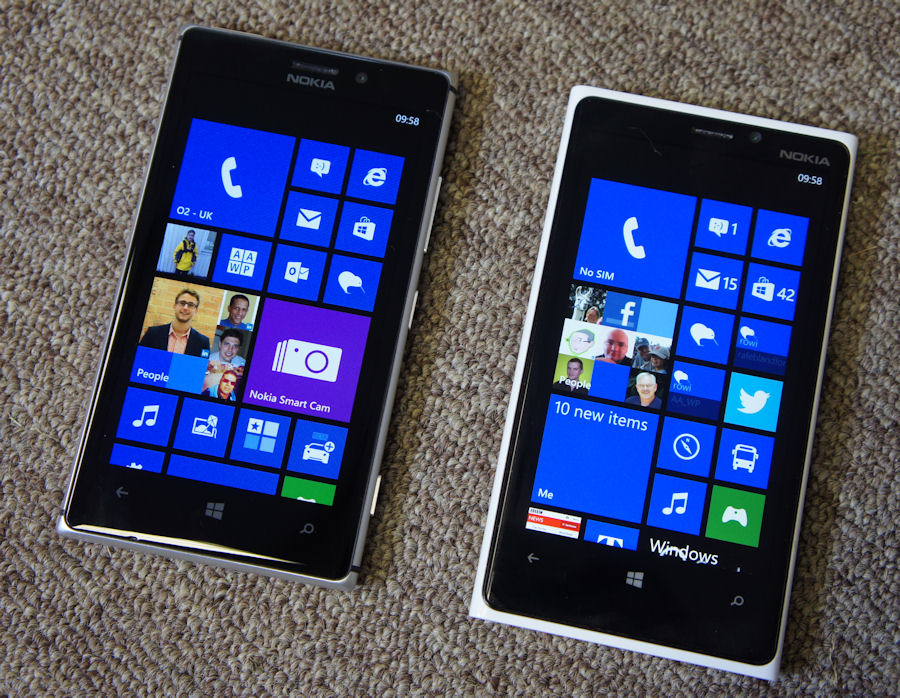[The base for this article is from three months ago, and the text has been heavily updated throughout.]
Yes, I know that 'a higher number is always better' is largely true in the tech world, whether it refers to screen size, processor speed, model number, generation, etc. And, for many people, the Nokia Lumia 925 will possibly be a better fit for their expectations than the heavier (and older) Lumia 920. After all, ithe 925 is slimmer, with arguably better build materials, lighter and has an extra camera lens element (and... a higher number is always better, right?)
However, and leaving the Lumia 928 out of the debate (since this is only available in one country in the world) and leaving considerations of the Lumia 1020 aside (for similar reason - very limited global availability at the time of writing), there's still a very valid camp of people for whom the Lumia 920 might be a better fit. Myself included, as I hope to explain.

Charging
This is perhaps the biggest bugbear I have with the newer Lumia 720 and Lumia 925. Wireless charging made a huge impact on me - the freedom to use the charging pad as the Lumia 920's natural resting place on my desk meant that the phone was always fully charged whenever I picked it up and I never, ever had to think to plug it into a mains or USB charging cable. To move back to a device like the 925 without integral wireless charging would be - yes - a backwards step. All other essential specs being equal, of course.
Yes, I know that you can buy a plastic wireless charging accessory 'cover' for the Lumia 925, but that makes the device thicker than the 920 and a whole lot less elegant. And yes, I know that dropping the wireless charging coil was part of the drive to make the 925 thinner and lighter, but for me it was one step too far. The coil was less than 1mm in profile and surely weighed less than 10g, two stats I'm more than happy to compromise on for the sake of getting a device I never have to think to charge.
Storage
Like many people, I was very disappointed to see the 'standard' Lumia 925 specification* including only 16GB of (non-expandable) storage. In practice, this ends up being around 13GB free out of the box - for everything. Apps, games, music, videos, maps, temporary files, data. Everything. Which means that you have to be incredibly disciplined in terms of what you actually load on. This is 2013 and 16GB sealed devices were acceptable back in 2011 - not so now. The original Lumia 920 comes with 32GB across the board. Yes, it's still sealed, but 32GB gives scope for loading on media and the largest games, for capturing photos and videos, for downloading podcasts, all at the same time, without ever worrying about running out of storage space.
* [Note that the Vodafone-exclusive 925 comes with the full 32GB]
Screen technology
Now look, I've always been an AMOLED fan, I love the gorgeous deep colours, the blackest blacks and - potentially - the power savings from using dark themed applications. However, the reality is that all web pages have a white background, email ditto, plus a surprising number of applications, not least Twitter. And AMOLED with white shown uses up up to twice as much power than an LCD display of the same size and resolution. Thus, against my own personal tech preference, and acknowledging that Nokia's ClearBlack Display-enhanced, Pure Motion LCD is pretty stunning, I'm happy to recommend the Lumia 920's display as more useful in day to day life.
AMOLED proponents will also bring up the subject of the (potentially) always on clock in Nokia Amber's Glance system, but having tested the Amber update on the Lumia 920 extensively, I can say that Nokia has worked something of a miracle by running the LCD backlight at an incredibly low level and that there's negligible extra power drain in real life use by having this feature turned on in the Lumia 920 (shown below, left, with the 925 on the right).

Loudspeaker
Being a big podcast fan, having my phone keep me company while doing chores by playing the human voice clearly and richly is important to me. But there are plenty of other uses for a decent speaker, whether a teenager trying to play music, a businessman wanting to use the speakerphone function, a driver wanting to hear the voice guidance when navigating, or simply someone wanting to watch some Netflix content in an odd moment.
The Lumia 920, with its slightly thicker frame, was able to accommodate Nokia's star speaker component, the relatively large but loud and rich speaker used (x2) in the original N95 and in the 808 PureView. In the 920, it's mounted transversely, with sound bounced down through two apertures on the phone's bottom. Some of the high end frequencies are lost this way, but the end result is still loud and relatively rich.

The 920's large speaker, clearly showing the acoustic cavity and two main sound outlets... (via)
In contrast, the Lumia 925 (and 928/1020) is thinner and can't fit in this big speaker, so a smaller and weedier component is used. In fairness, the 925's output is still good compared to speakers in a number of other competing phones on other platforms, but the 920's output is very definitely superior.
Camera
Now, the sensor and OIS system used in the Lumia 920 and 925 is the same, but one area where there were differences in photo quality was in image processing, as we proved a few months ago (the extra lens element in the 925 can be ignored here, it seems to have neglegible effect) - there were unwanted artefacts and colours in many 920-shot photos. However, the Nokia Amber update on the 920 seems to have reversed the supremacy, with the 920's camera and image processing algorithms now having a slight edge, depending on personal processing preferences.
Mind you, I fully expect the 925's camera algorithms to get a tweak in the near future too and for the two smartphones to end up with equivalent camera performance - as you would indeed expect, given that they have the same sensor, OIS and basic spec.
Price
Fairly obvious, but the Lumia 925 is brand new and thus commands 'top dollar' - typically around £400 at the moment in the UK, SIM-free, while the eleven month old Lumia 920 can be found, brand new, for below £300 in the UK, SIM-free, quite a saving.
Build quality
The older 920 gains some extra respect here from being built around a one piece polycarbonate shell, a design that has proved extraordinarily robust in real world testing. In contrast, the multi-layer construction in the Lumia 925 won't be quite as resistant to drops. On the plus side, for the 925, there's the great feel of metal around the outside, but again you can't have everything, it seems.
_____________
The acid test, of course, would be if (as a hypothetical new user) someone offered me both and said to pick just one. Would I really go for the older, cheaper model? Yes, I think I would, I stand by my arguments above, especially given that the Lumia 920's Nokia Amber firmware update has given it all of the under the hood improvements released first in the Lumia 925.
Comments welcome. Am I mad?

